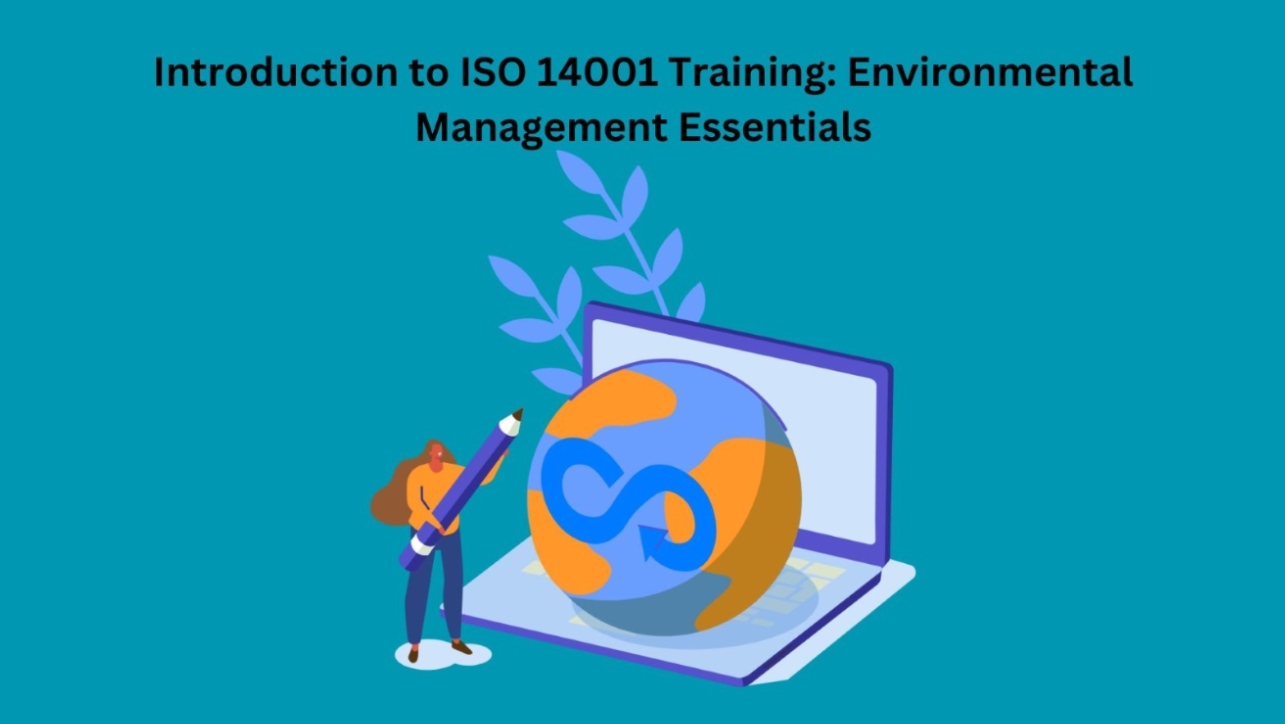In today’s world, with emphasis on environmental problems, organizations are aiming more towards ISO 14001 Certifications, which helps them to have a proper plan. Achieving ISO 14001 Qualification displays an enhancement of environmental conservation not only in terms of compliance with international standards but also through the provision of credibility to the organization. With the ISO 14001 Version 2004 vs 2015 it is necessary that professionals keep themselves abreast of the latest requirements and good operating procedures.
Understanding ISO 14001
ISO 14001 causes a revolution in environment management by using the structured way through the Environmental Management System (EMS). This approach integrates environmental considerations into every aspect of the organization operations, enabling it to become proactive in identifying opportunities for improvement and risks. To achieve ISO 14001, the PDCA cycle is essential, thus improving through planning, implementation, monitoring, and corrective action.
Furthermore, there is this component of life cycle thinking which is one of the standards as it brings about product/service life cycle for organizations that also assess for the impacts of environment and promotes collaboration with stakeholder for transparency. By adopting them organizations will be able to decrease their carbon footprint, accompany various regulations and enlarge their stakeholders’ trust.
ISO 14001 Qualification
The organization is seen as committed to environmental responsibility and sustainability, as it receives the ISO 14001 qualification. These benefits are a one-stop place for brand preservation, adherence to guidelines, cost reduction by resource utilization and reaching for new markets. Additionally, it provides organizations with an opportunity to demonstrate environmentally responsible performance for stakeholders and customers and can be beneficial for competitors.
Evolution from ISO 14001:2004 to ISO 14001:2015
The transition of ISO 14001:2004 to the new global implementation of ISO 14001:2015 environmental management system. The largest modification in environmental affairs that the organisations has ever made. While the core principles of the standard remain consistent, ISO 14001: In 2015 we see new directions of management such as the CEO getting more deeply involved in decision making, risk-based thinking and life cycle approach. Also, a better integration of other management systems is required. It is imperative to be cognizant of these revisions and undertake them in order to maintain compliance and achieve desired results of environmental management efforts.
Key Components of ISO 14001 Training
Successful training in line with ISO 14001 covers identifying components essential for lasting implementation and sustainability of an EMS. These covers analyzing the competency of the standard, carrying environmental aspects and impacts assessments, developing the objectives and the targets for realizing results, implementing operational controls, conducting internal audits and analyzing the effectiveness of the management system. Furthermore, training should also focus on the integration with other management systems and giving practical guidance on documentation and record-keeping. Below are the key components of ISO 14001 training summarized in one-liner bullet points:
- Understanding the requirements of the ISO 14001 standard and the principles underlying it.
- Performing environmental assessment procedures and the consequences.
- Establishing measurable objectives and targets for environmental performance lessens organizations’ climatic impacts.
- System structure integrity should be observed with the support of operational processes to prevent environmental risks.
- Performing internal inspections with the sole purpose of being in line to the standard.
- The issue of record-keeping and documentation management can also be addressed by offering tips and advice.
Implementing ISO 14001
Implementation of ISO 14001 poses the challenge of detailed planning, engaging staff, and a clear commitment from all levels of the organization. It comprises a comprehensive environmental assessment, recognizing and determining of environmental key components, developing meaningful objectives and goals, approving and implementing feasible operational controls and procedures, and finally through regular monitoring and tracking of the performance. Efficient communications and employee participation are also key elements for the continuous improvement process and environmental goals.
Conclusion
In conclusion, ISO 14001 training provides organizations and professionals with the required competencies to address the intricacies of the environmental management enforcement system. An ISO 14001 implementation not only lower the environmental load but also helps firms improve the operations and manage risks as a consequence of increasing environmental awareness of customers. The ISO 14001 is still an integral part of the journey to sustainable development. It continues to reinforce environmental responsibility and high functionality within all the organizations thus encouraging social good on a global scale.


